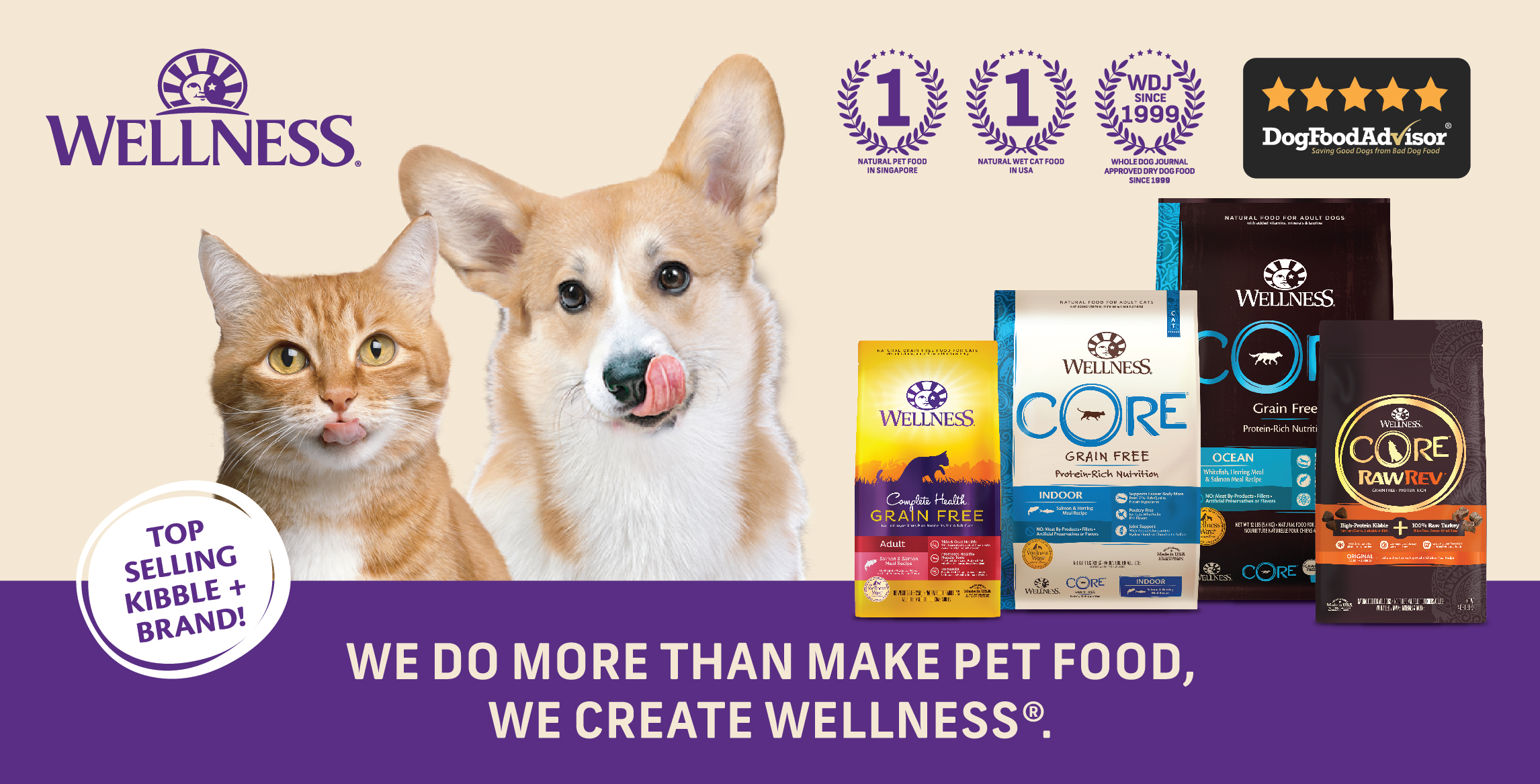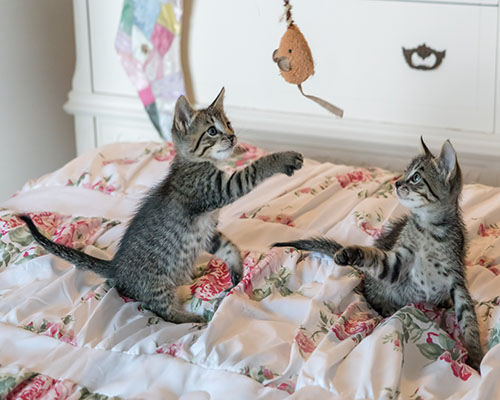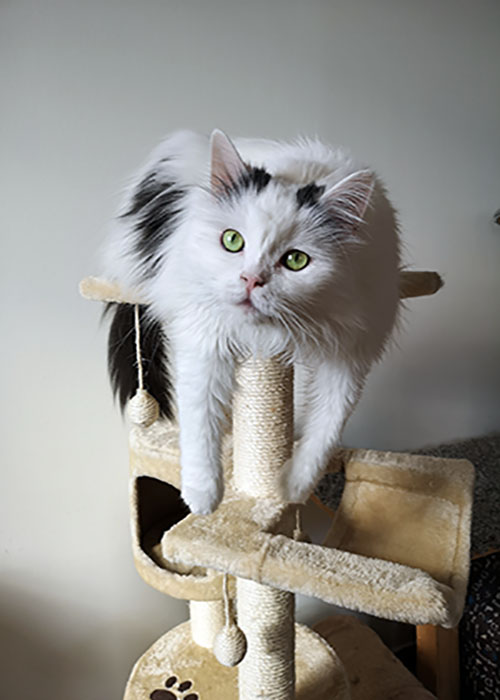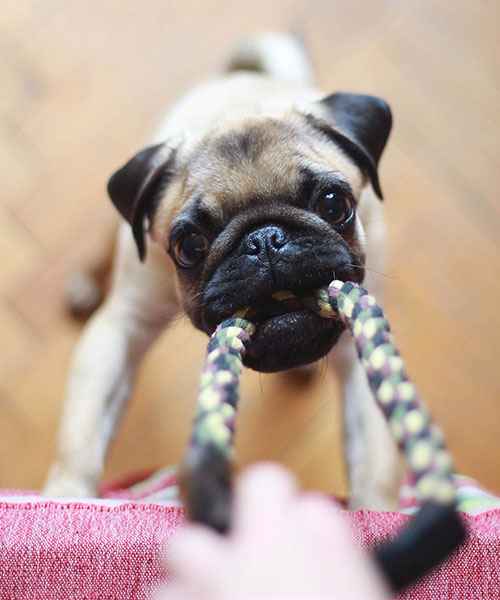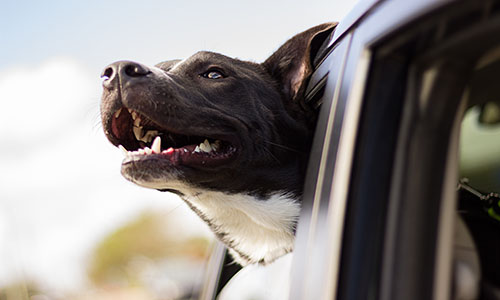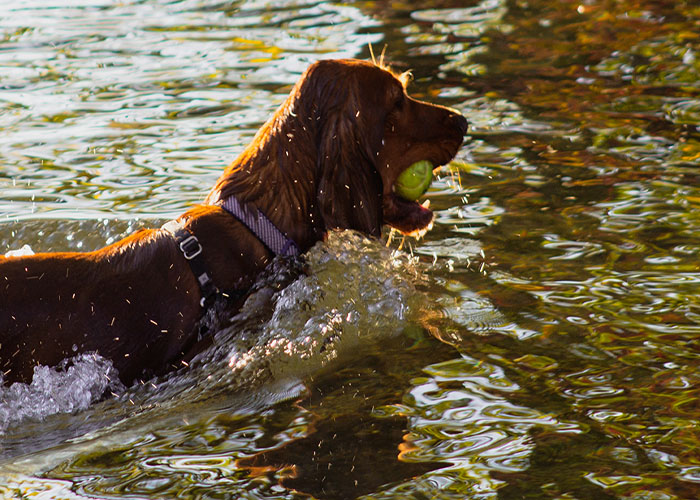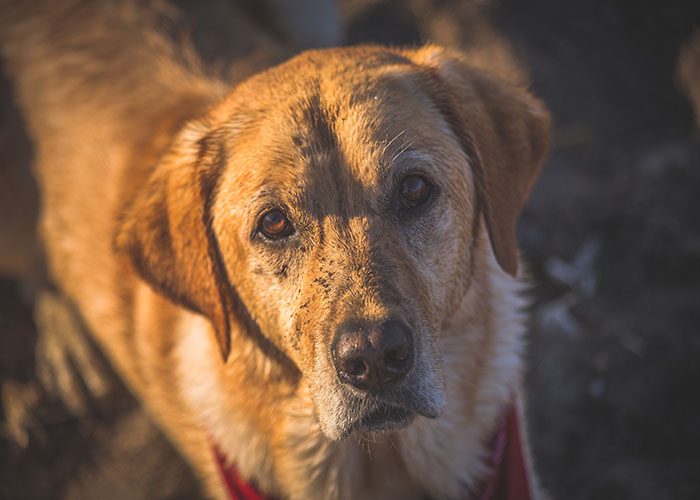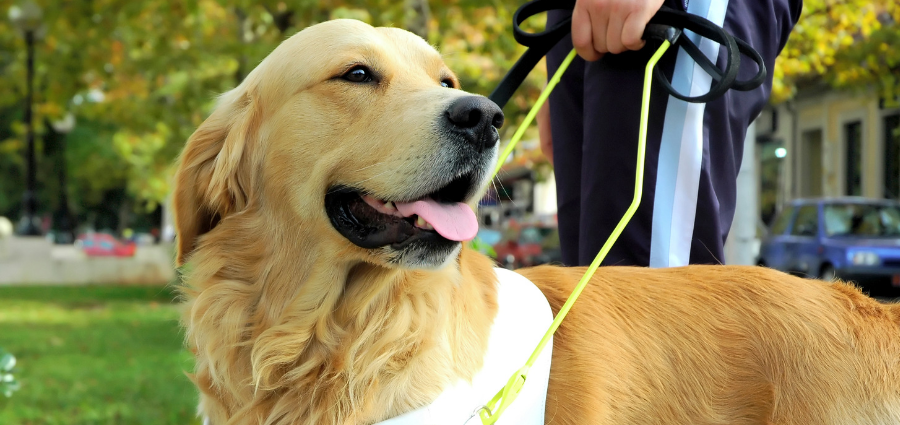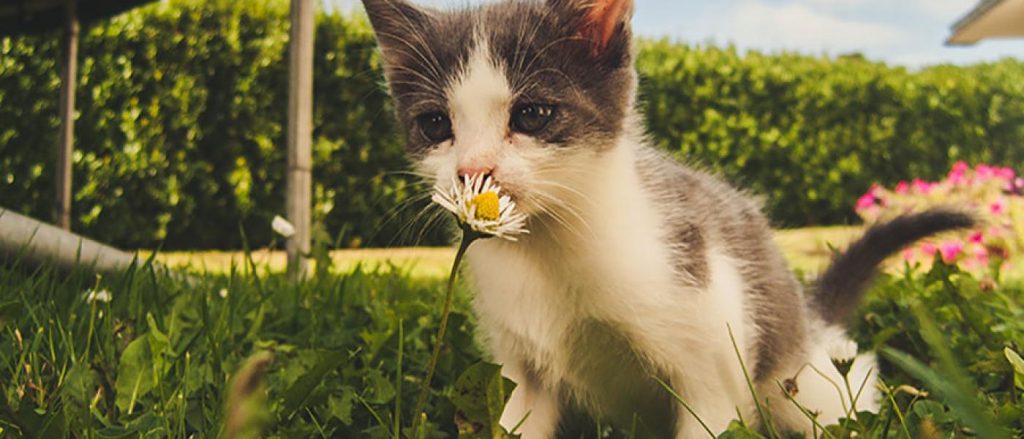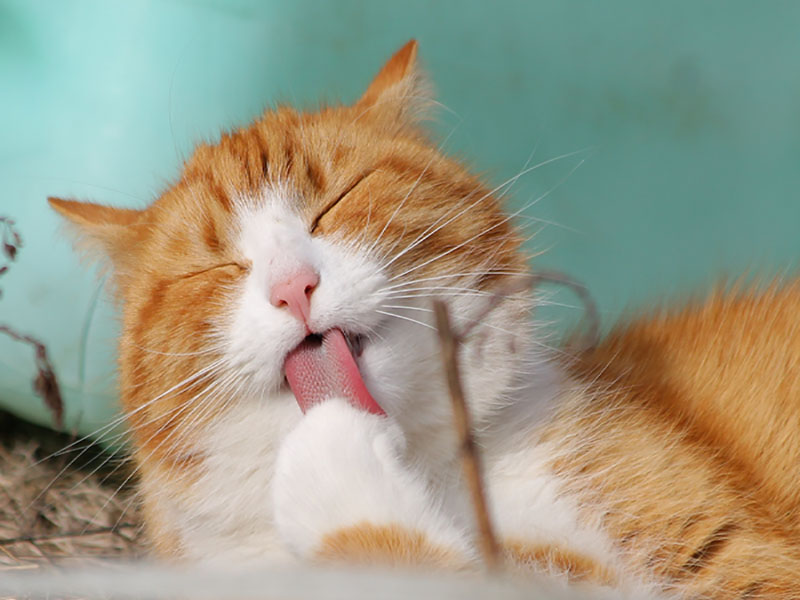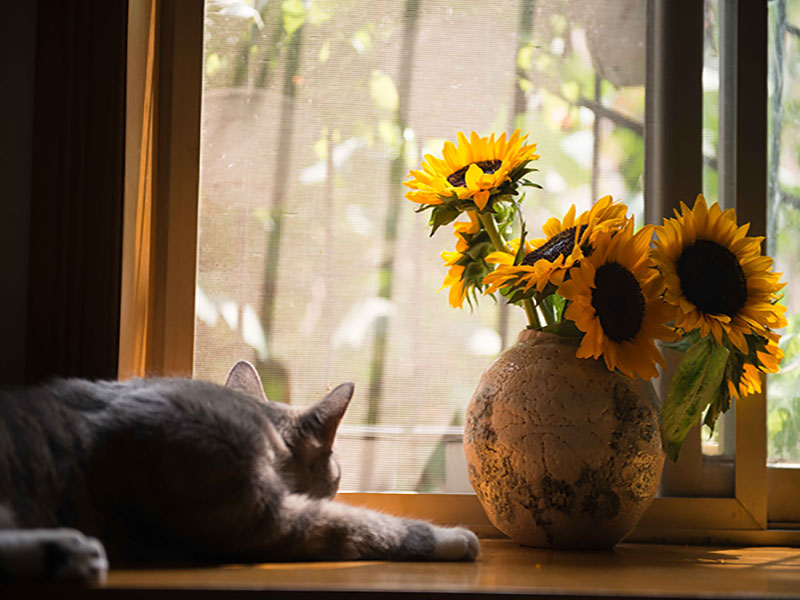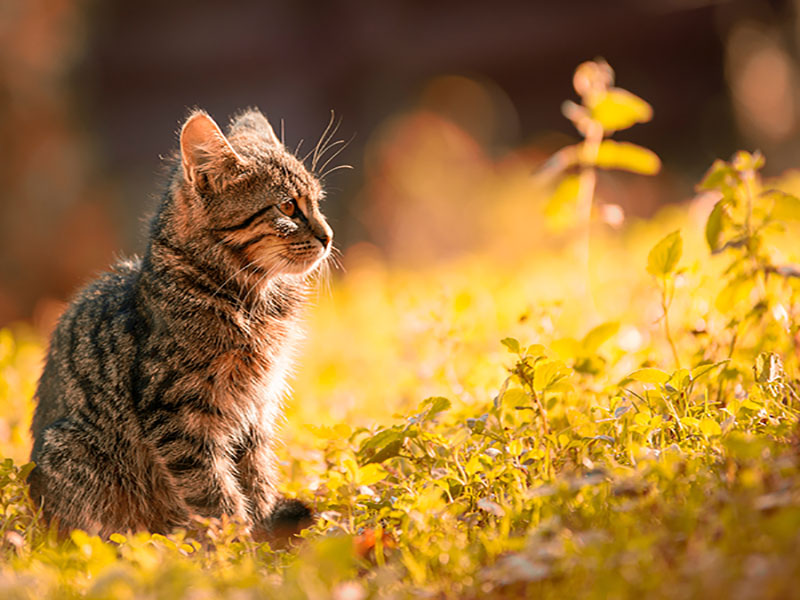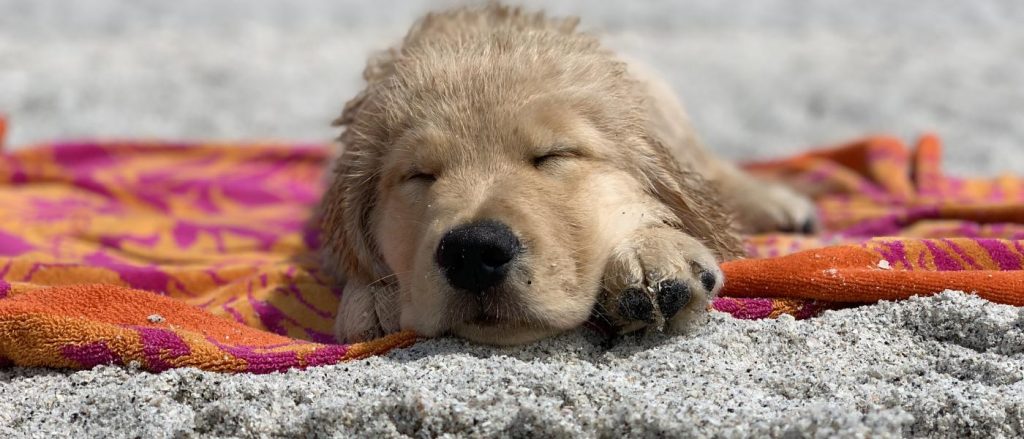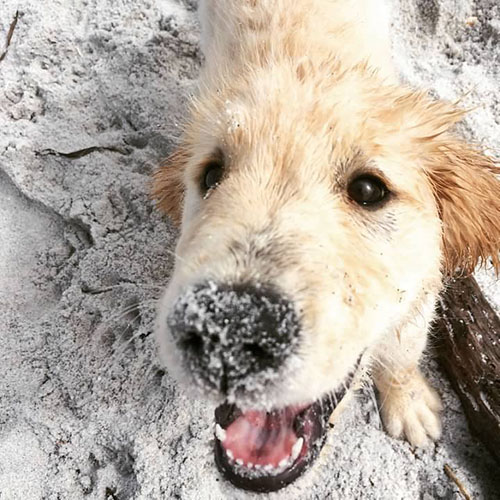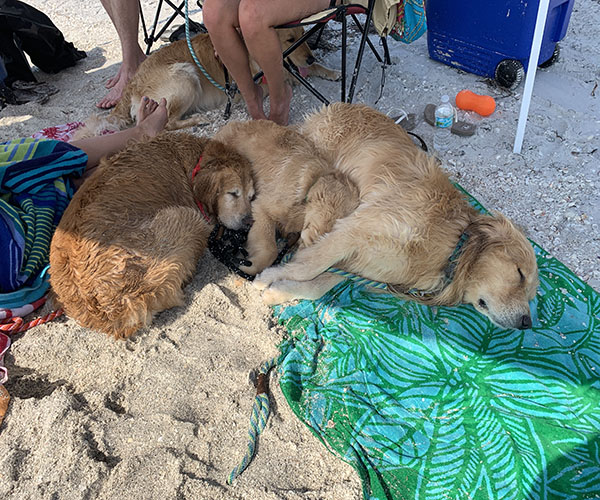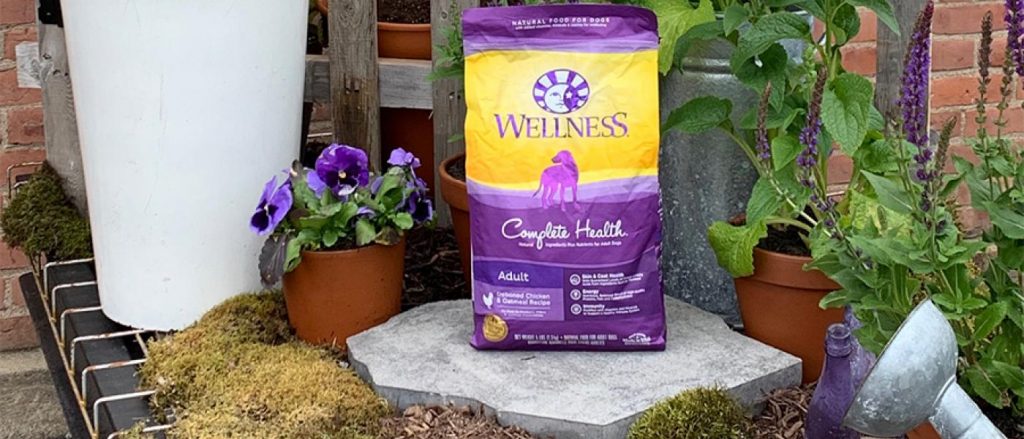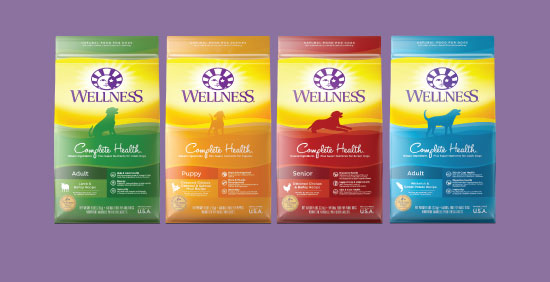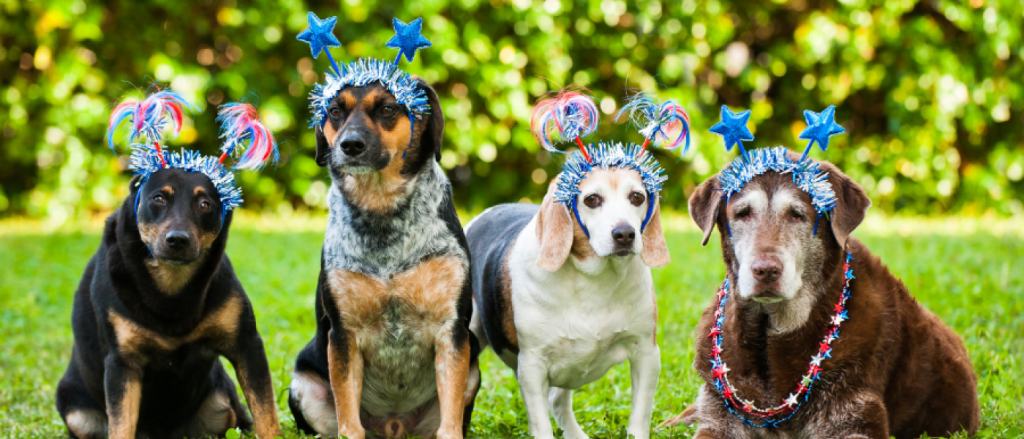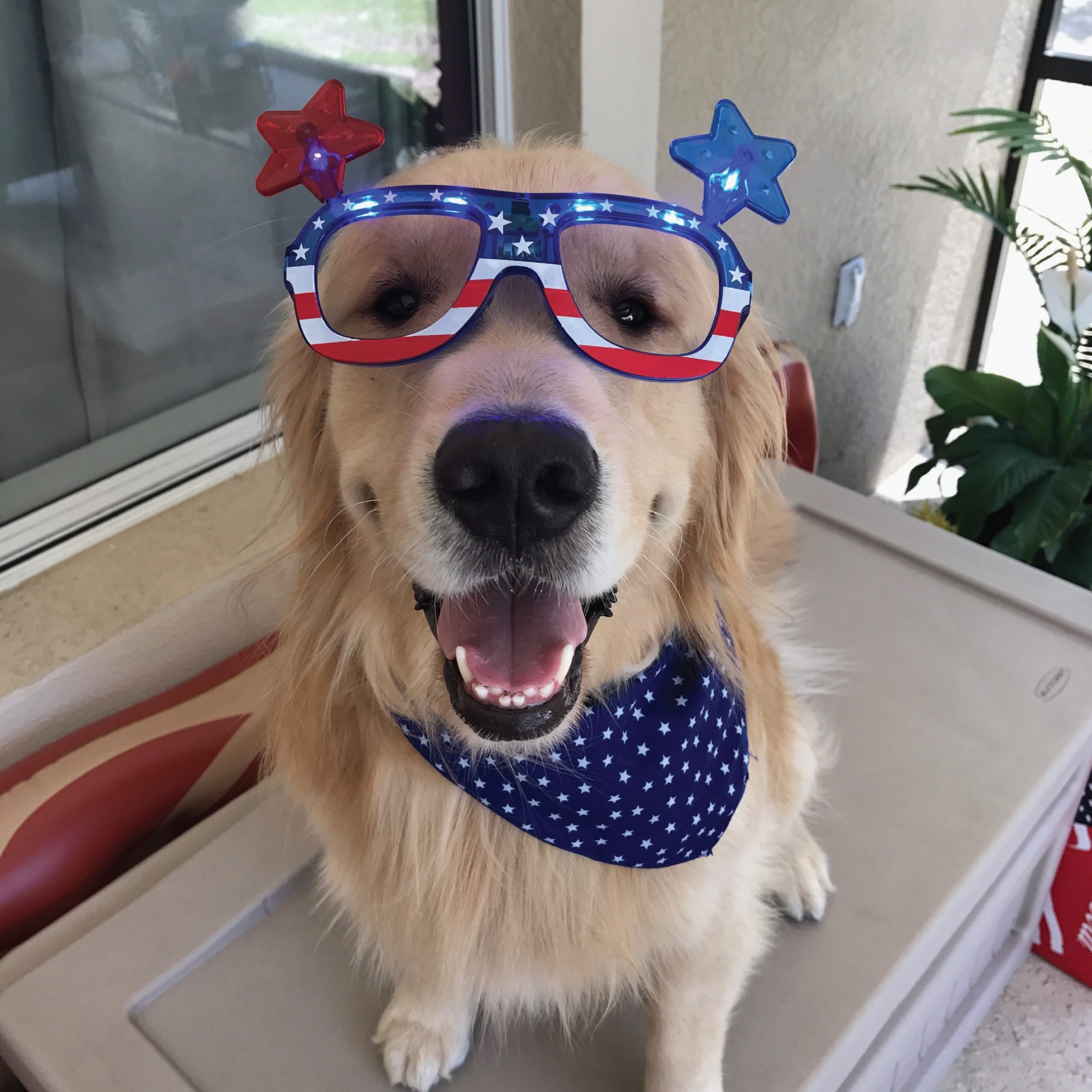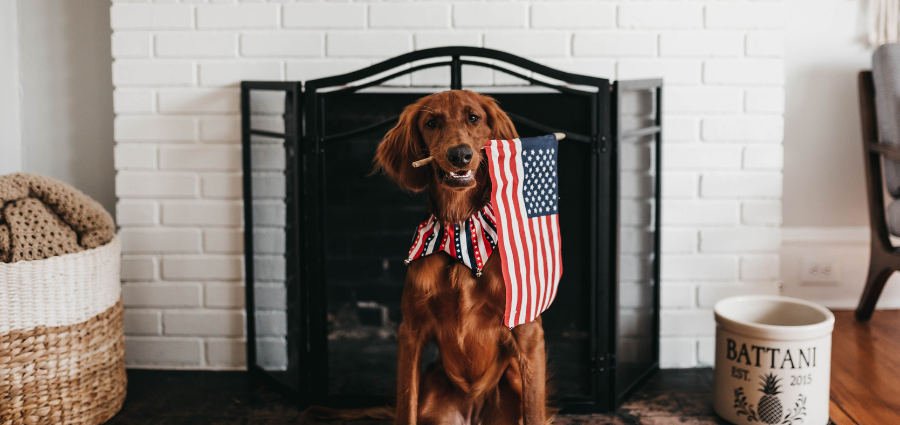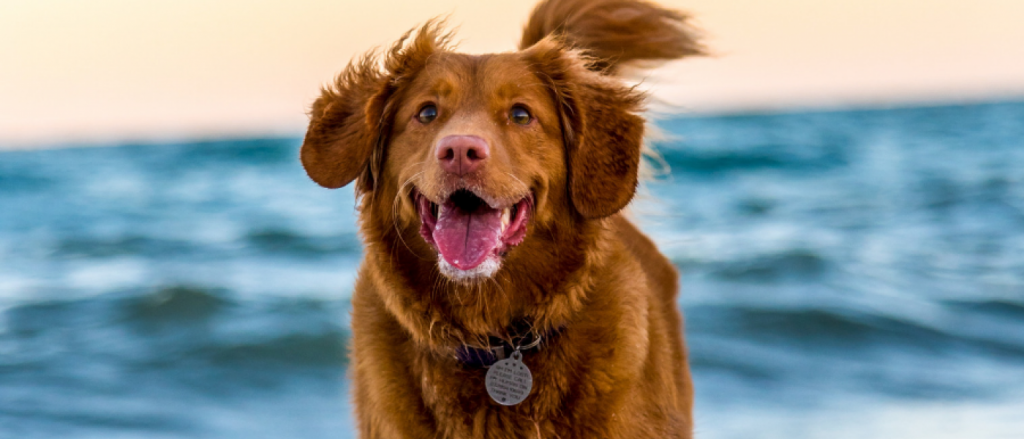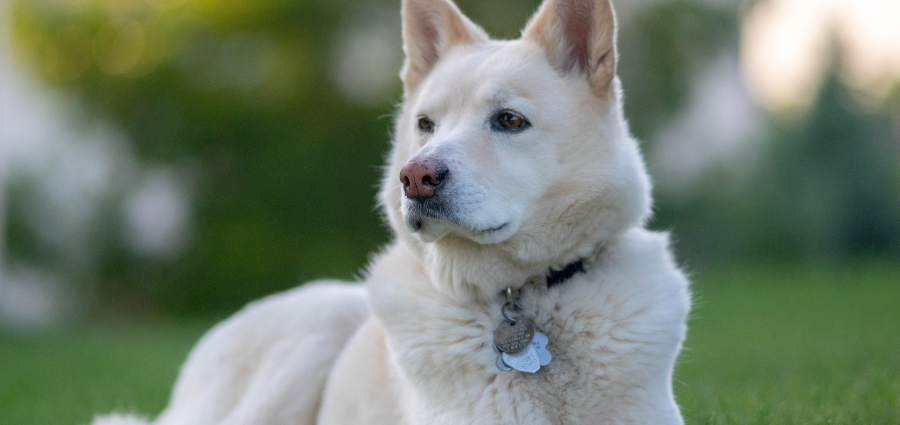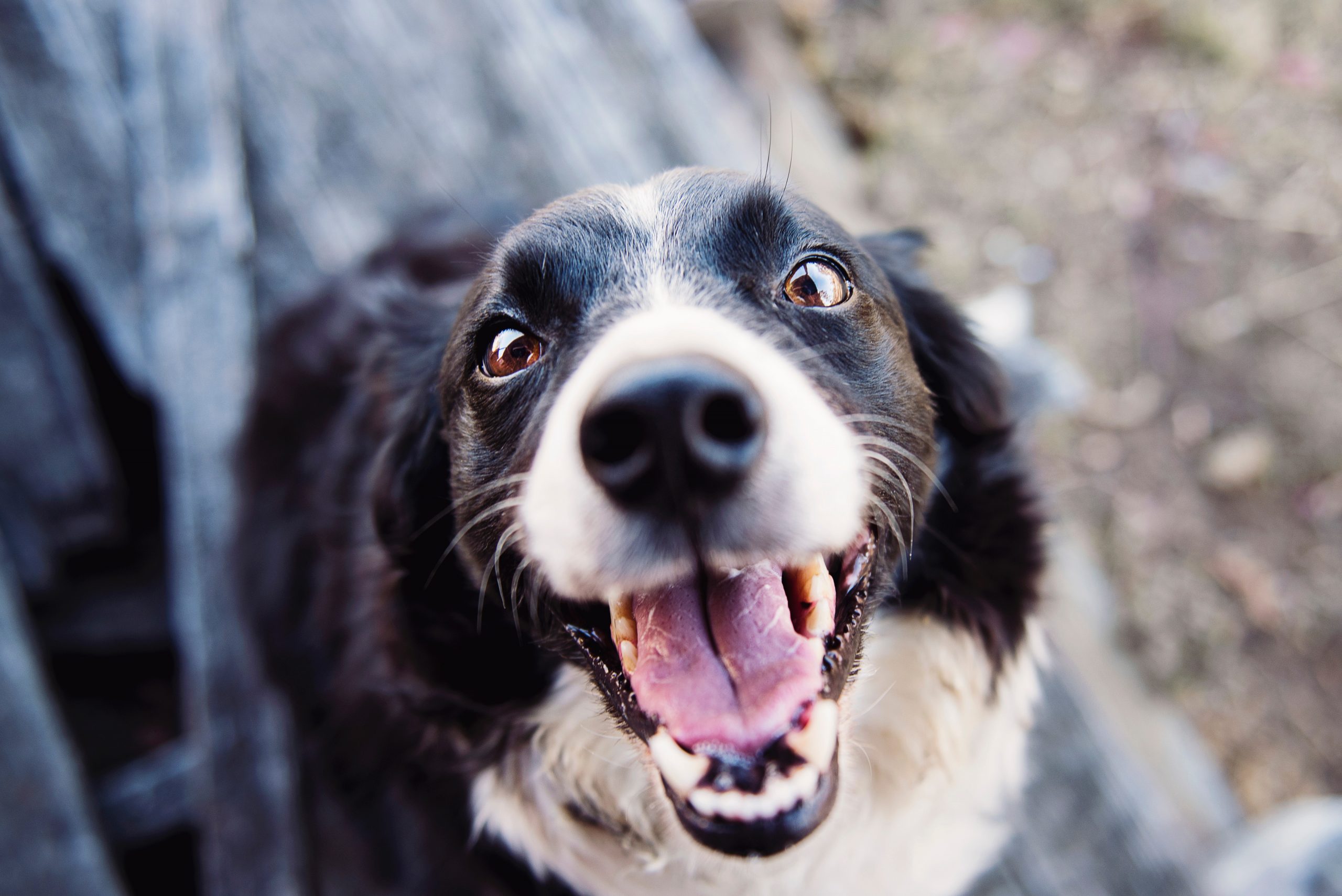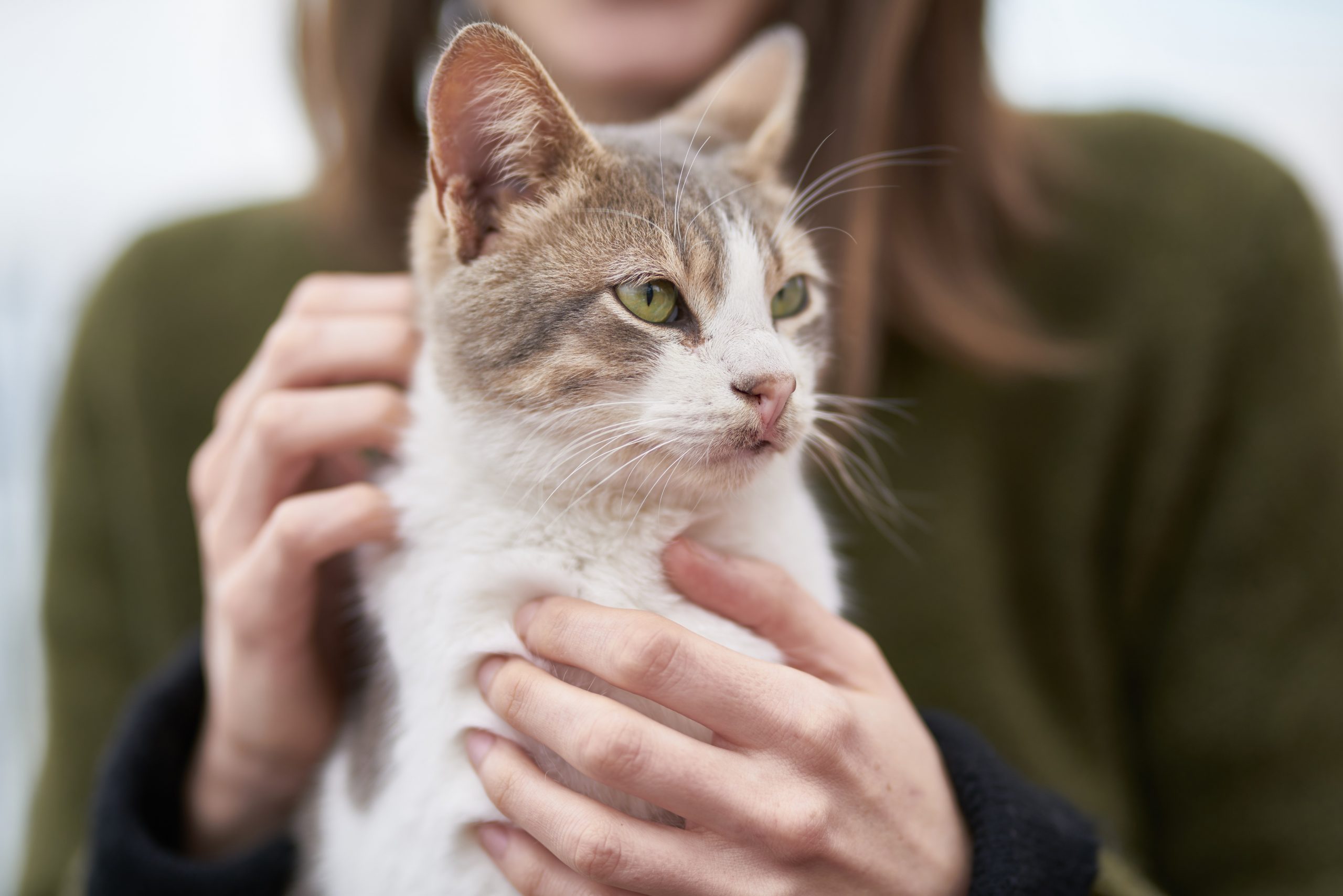Read 12 ways to celebrate International Cat Day on August 8th!
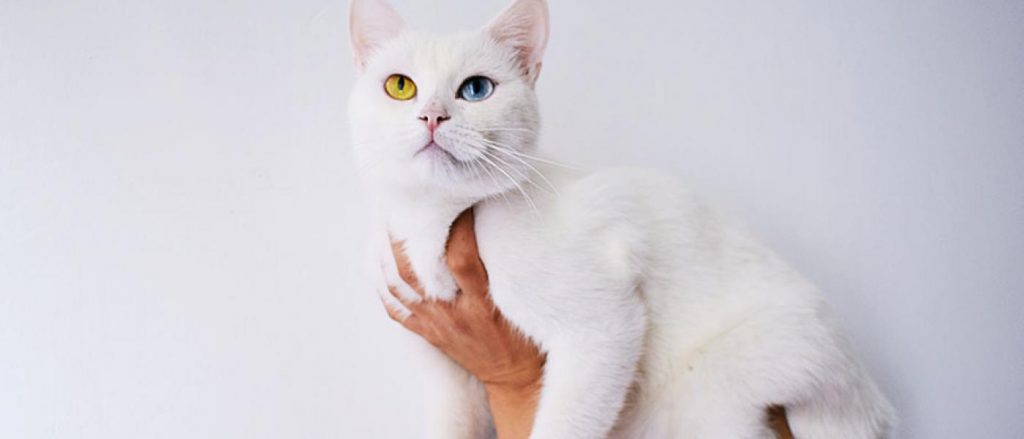
As a cat lover, you view every day as International Cat Day but August 8th is an opportunity to help spread the word to those who may not know about how wonderful felines really are. This special cat holiday was created in 2002 by the International Fund for Animal Welfare to help raise awareness for cats and to educate people about how to protect them. It’s also an extra day to celebrate your own cats and the relationship you share!
Here are 12 suggestions on ways to celebrate:
1) Extra Playtime
Engage your cat in an interactive play session today. If you normally do play sessions, offer an extra one or two today. Interactive play is a great way for your cat to completely enjoy being the mighty hunter as you move the toy like prey. Don’t forget to let your cat have several successful captures so the game creates confidence and satisfaction. If you have multiple cats, give each one their own special play session with you so no one has to compete.
2) Cat TV
Set up a comfy place for your indoor cat to enjoy watching wildlife. You can do this by installing a bird feeder in the yard for your cat to view from the window. Another option is to play wildlife videos on YouTube. There are many cat-appealing videos online to entertain your favorite feline.
3) Combine Food and Fun
Puzzle feeders (food-dispensing toys) are a great way to add some fun to meals. As hunters, cats are hardwired to hunt for food and by using a puzzle feeder, they get the reward for a job well done. Puzzle feeders are also good for cats who tend to eat too fast. Search online and you’ll find many types of puzzle feeders or you can make your own. One easy puzzle feeder for dry food is to cut holes in an empty water bottle and place a handful of dry food pieces in there. Make sure the holes are bigger than the size of the food. As your cat paws at the plastic bottle, she’ll be rewarded with a few pieces of food. For wet food, you can place a small amount in each compartment of a plastic ice cube tray. Another way to add fun to food is to create treasure hunts. Hide treats or pieces of cat food in small dishes around the house for your cat to discover.
4) Quiet Time Together
Life can get so busy and it’s easy to come home from work and get caught up in all the things that need to be done before going to bed. Your cat has been waiting for you all day and this time together is special. If your cat enjoys sitting on your lap or lounging next to you on the sofa, don’t be too quick to get up and move to the next thing you need to do. Enjoy those moments of just being together. Even if your cat doesn’t enjoy being petted, she may love leaning up against you and being connected.
5) Physical Touch
This includes petting, and, if your cat enjoys it, grooming. Take time this day to focus on how you pet or brush your cat and become aware of those special spots she loves. Does scratching under the chin cause her to purr? Does she love long strokes down the back or does she prefer you to limit your petting to only the back of the head? Be mindful today of the ways in which your cat most enjoys physical touch.
6) Exchange Cat Kisses
Many people believe that when a cat gives you a slow blink, it’s actually a cat kiss. A slow blink says the cat is comfortable and relaxed. If your cat gives you a cat kiss, return it by doing a slow blink in her direction. Keep your gaze soft and don’t stare. A direct stare can be viewed as a threat, but a soft, slow blink is an expression of trust and affection.
7) Break out the Good Catnip
Not all cats react to catnip but if your cat does, have a catnip party. If you only have catnip-filled toys around the house, they’ve probably lost their potency. Stop at the pet supply store and get a container of good quality loose catnip. For the catnip party, you can either rub a toy with the catnip or simply sprinkle the loose, dried leaves on a paper plate and place it on the floor. To release the volatile oil in the dried herb, rub it between your hands before offering to your cat. If your cat doesn’t react to catnip, there are other options, such as silver vine.
8) Get Down on Your Cat’s Level
If you can, sit or lounge on the carpet so you’re at the cat’s level. This is especially nice for cats who are less mobile and don’t tend to jump on furniture or beds. If you spend some time on ground level, you may enjoy some head bunts, chin rubbing or flank rubbing. When your cat gives you a forehead bunt, it’s not only a way of leaving her scent, but also a gesture of affection. This is a common behavior display cats engage in when they are closely bonded. Chin rubbing and flank rubbing are also affectionate gestures.
9) Spruce up the Vertical Environment
Cats live in a vertical world and the more territory you can create that allows them to climb and perch, the better. Vertical territory can be as simple as a sturdy cat tree, some window perches, or you can get a little more creative and install cat shelves and walkways along the wall. Vertical territory doesn’t have to be fancy, it just has to be sturdy, comfortable and easy for a cat to access. If you have multiple cats, the increase in vertical territory can be a big help in maintaining harmony.
10) Create Play Tunnels and Hiding Places
Make tunnels out of paper bags. Cut the bottoms, roll a cuff on each end and then tape some bags together to make a homemade play tunnel. Toss a couple small toys or treats in there for your cat to discover. If you prefer to not make a tunnel out of paper bags, you can purchase soft-side tunnels at your local pet product store. If you have a timid cat, tunnels provide extra hiding options and allows a scared kitty to feel invisible so she can relax.
11) Introduce Interesting Scents
This is especially appealing for indoor cats. Bring in a couple of leaves from outdoors, or maybe a very small branch. If you happen to find a bird feather on the ground, bring that in for your cat to do a scent investigation.
12) Share the Love
Take pictures of your cats to document this special day and share them on social media. It’s a great way to get people talking and sharing about the joy of living with cats. And, who doesn’t love sharing pictures of cats!
